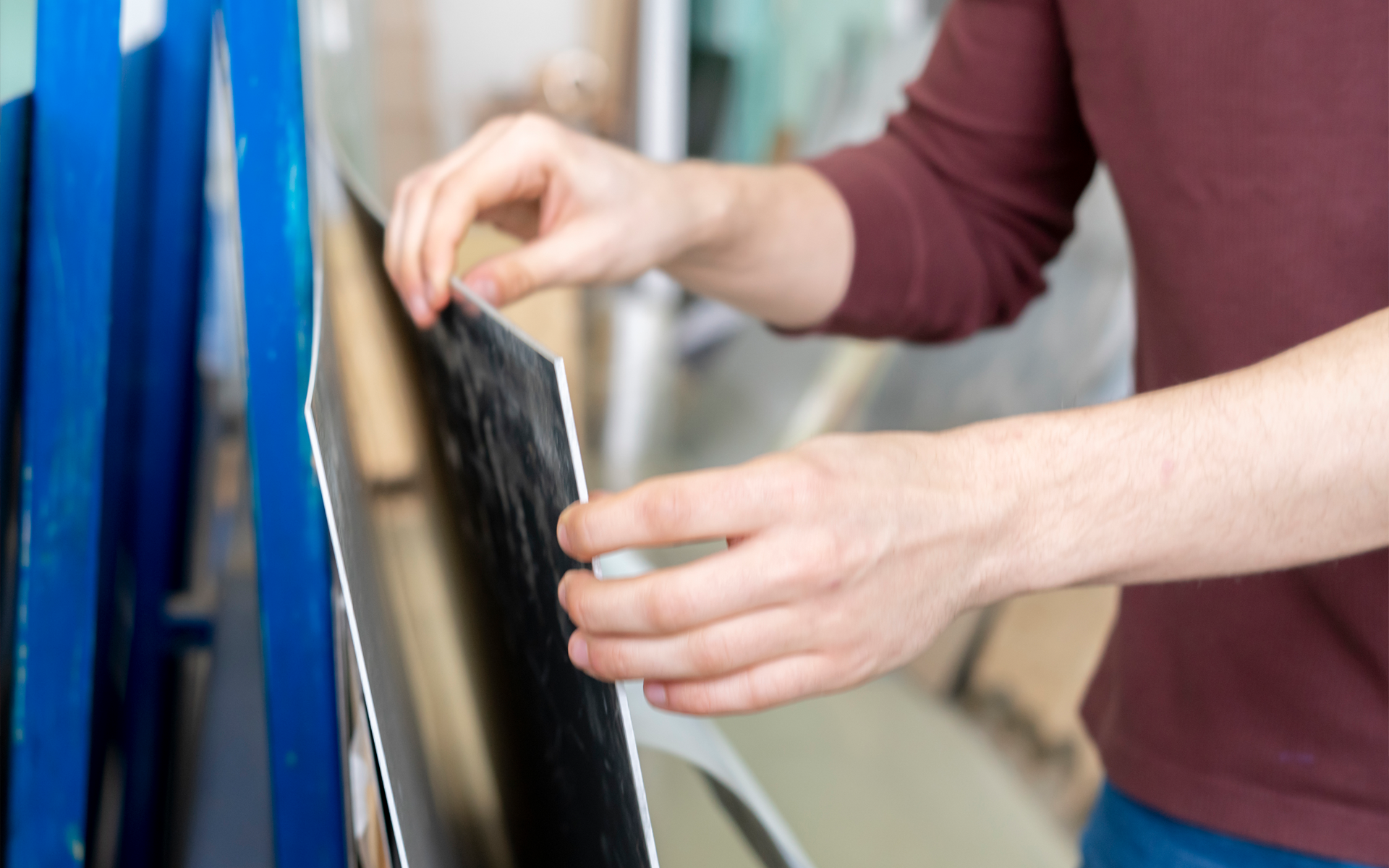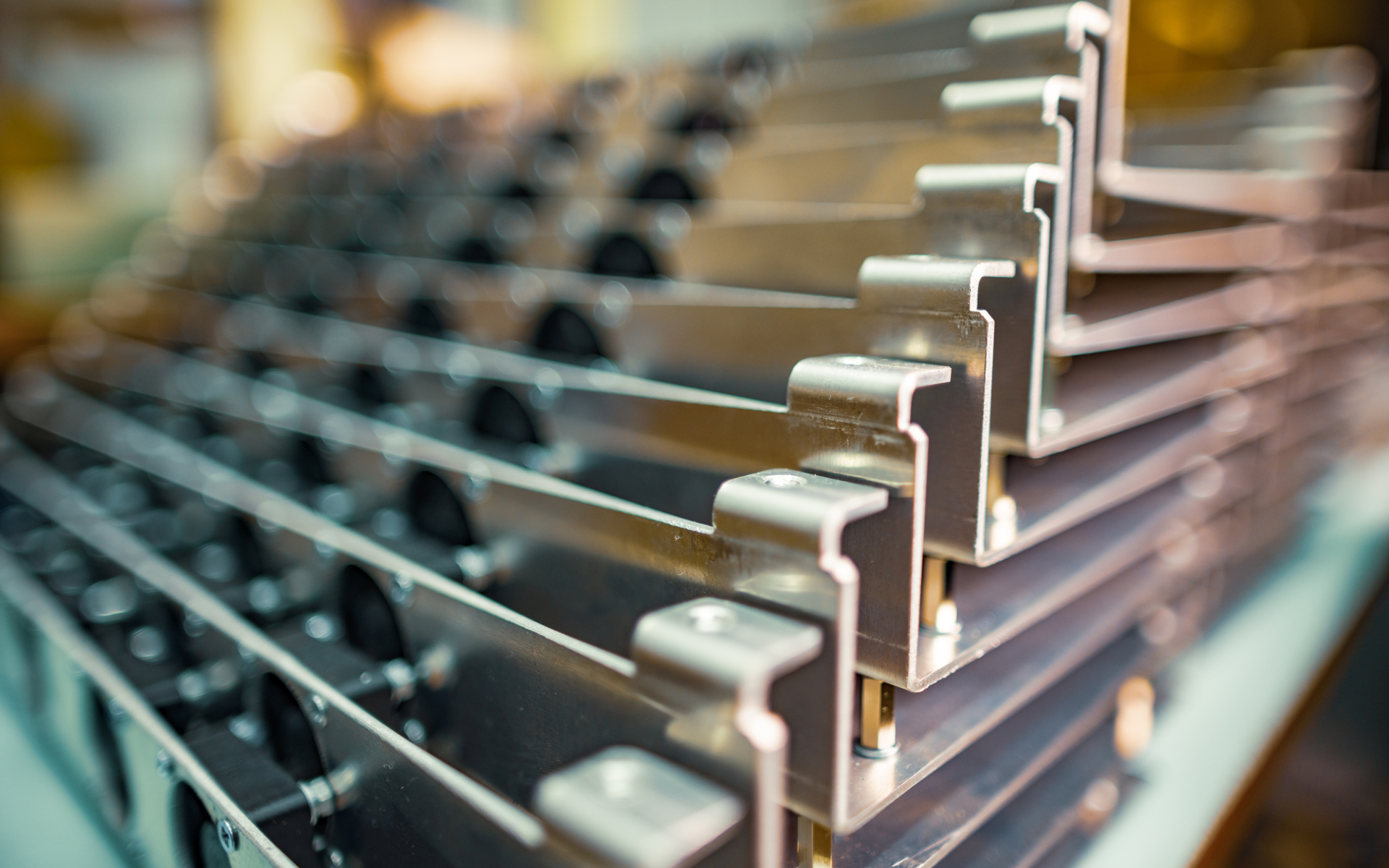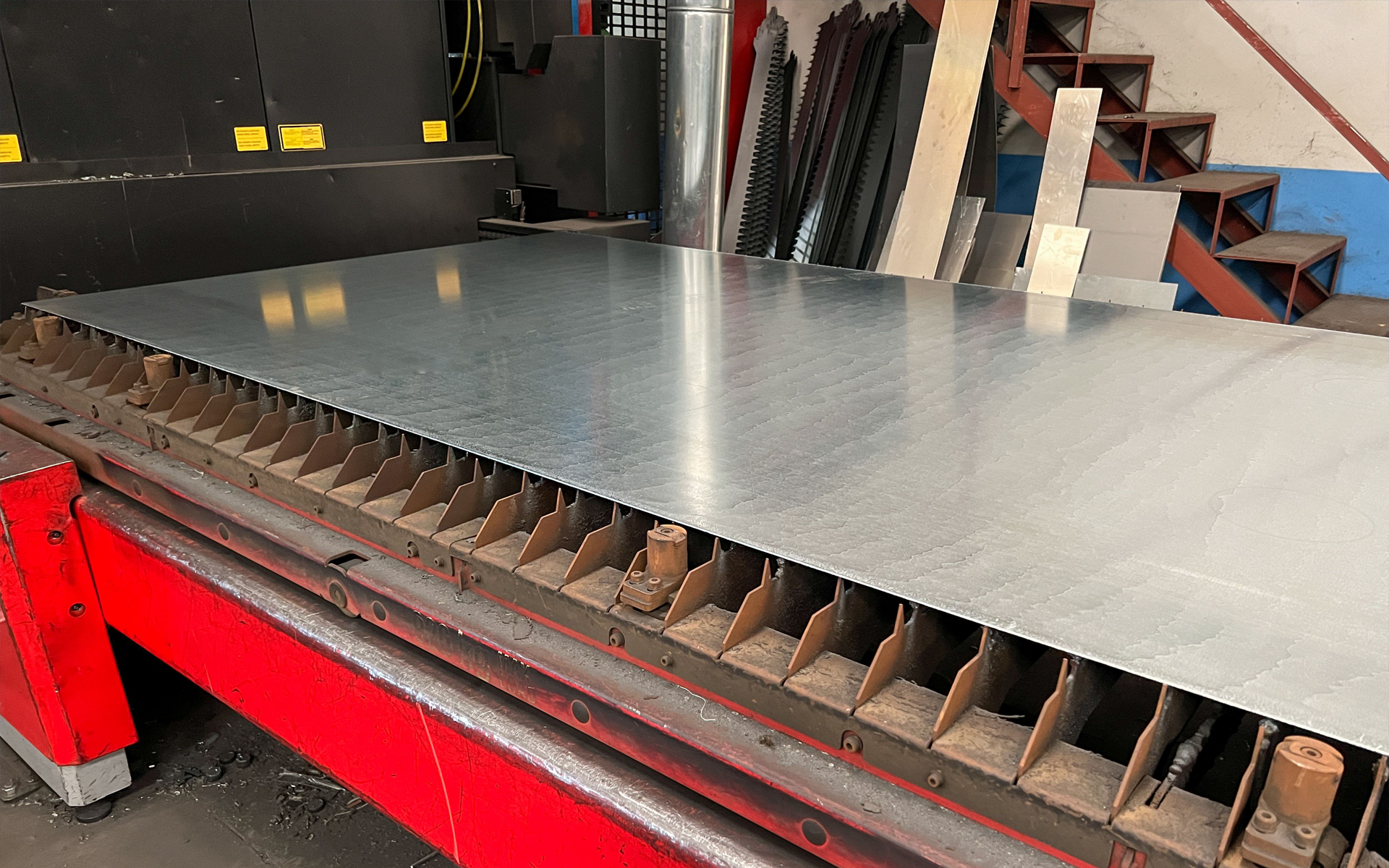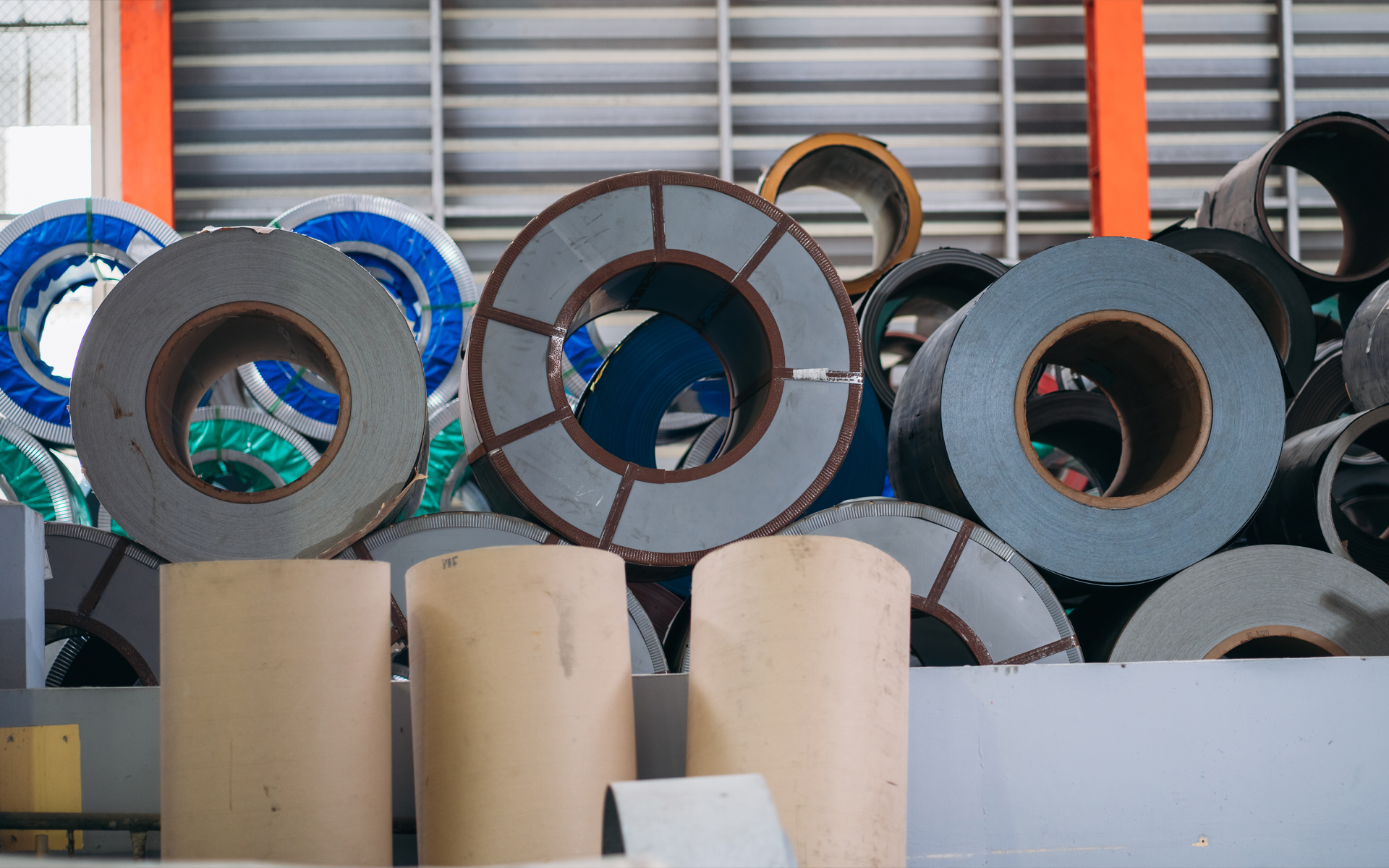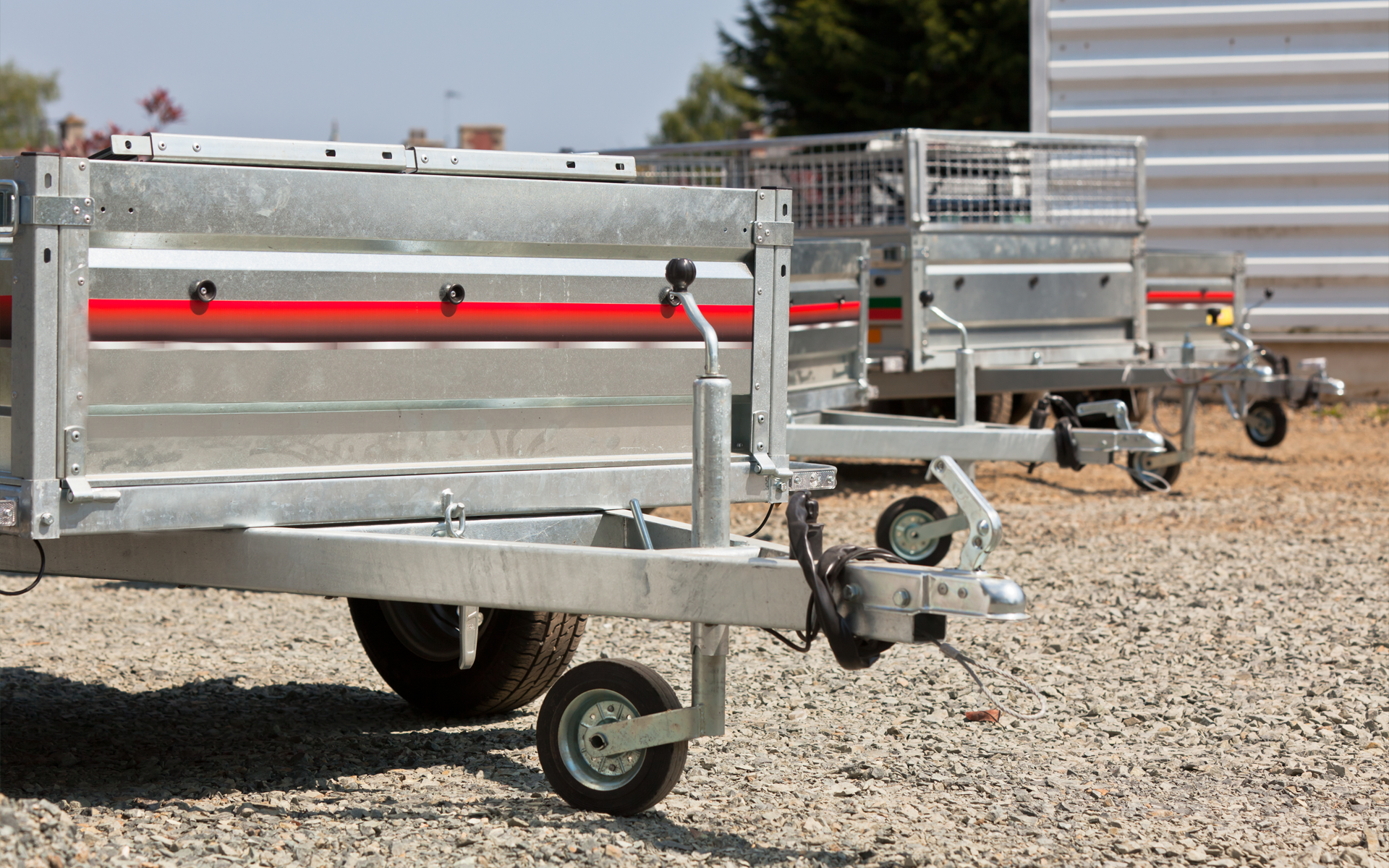What Is the Difference Between AR400, AR500, and AR600 Steel?

In industries where durability, wear resistance, and strength are critical, abrasion-resistant (AR) steel is the go-to material. Whether you’re building mining buckets, armored equipment, or material handling components, choosing the right AR steel grade AR400, AR500, or AR600 can significantly affect your product’s performance and longevity. At Olympic Steel, we supply a wide range of AR plate solutions and help customers match the right material to the job.
In this blog, we’ll explore the key differences between these three AR steel grades and help you determine the best option for your next project.
What Is Abrasion-Resistant Steel?
Abrasion-resistant steel is a high-carbon alloy steel specifically designed to resist wear and surface damage caused by impact, sliding, or scraping. It is often used in harsh environments such as mining, construction, recycling, military, and material processing applications.
These steels are heat-treated to improve surface hardness, which boosts resistance to gouging, scratching, and erosion. While hardness is the main advantage of AR plate, each grade offers a different balance of hardness, strength, formability, and weldability.
AR400 vs. AR500 vs. AR600: Key Differences
Choosing between AR400, AR500, and AR600 depends on how much abrasion resistance is needed, the part’s function, and the desired service life. Here's a breakdown:
| Grade | Typical Hardness (Brinell) | Applications | Strengths | Limitations |
|---|---|---|---|---|
| AR400 | ~360–440 BHN | Buckets, chutes, dozer blades | Good impact resistance, easy to fabricate | Slightly lower abrasion resistance |
| AR500 | ~470–540 BHN | Body armor, silos, liners | Higher wear life than AR400 | Tougher to form and cut |
| AR600 | ~570–625 BHN | Target plates, armor panels | Maximum surface hardness | Limited formability, more brittle |
The Brinell Hardness Number (BHN) measures how well the steel resists surface deformation. Higher BHNs mean better abrasion resistance but with tradeoffs in ductility and workability.
AR400 Steel: Balanced Performance and Workability
AR400 is a widely used abrasion-resistant plate known for its versatility. With a BHN range of 360–440, it offers a solid combination of wear resistance and formability, making it an excellent choice for projects that require shaping, bending, or welding.
Typical applications for AR400 steel include:
- Mining truck liners
- Bucket sides and bottoms
- Dozer blades
- Shredders and conveyor components
It’s easier to cut and weld than harder grades, which saves fabrication time and cost. Olympic Steel offers AR400 in plate, sheet, and custom-cut formats with in-house forming and part prep.
AR500 Steel: Extended Wear Life for Heavy-Duty Use
AR500 is one of the most commonly specified grades in severe-wear environments. With hardness levels around 470–540 BHN, it holds up well under high-impact, high-friction conditions.
This steel is ideal for:
- Armor plating (commercial and defense)
- Hopper and silo liners
- Material chutes and blades
- Target plates for shooting ranges
AR500 resists denting and gouging longer than AR400, though it may require more careful handling during forming. Olympic Steel supports customers with precision cutting and press brake services to ensure proper part geometry.
AR600 Steel: Maximum Surface Hardness
AR600 is designed for the most demanding abrasion and impact environments. With hardness levels up to 625 BHN, it offers the longest service life of all three grades but comes with limitations.
AR600 is often used for:
- Armored vehicle panels
- Ballistic barriers and range plates
- Extreme-wear lining systems
This grade is more brittle and challenging to form, which is why Olympic Steel often supplies AR600 as pre-cut blanks or flat parts. It’s not ideal for parts that need complex bending or machining.
How to Choose the Right AR Steel Grade
Selecting the correct abrasion-resistant plate involves evaluating several factors:
- Wear Environment: High-impact + moderate wear favors AR400; sliding abrasion favors AR500 or AR600.
- Fabrication Needs: Need to bend, form, or weld? AR400 is the most forgiving.
- Budget vs. Service Life: AR600 lasts longest, but has higher upfront and processing costs.
- Application Geometry: Complex parts = AR400; flat armor panels = AR500/AR600.
The team at Olympic Steel helps buyers and engineers balance these tradeoffs to match materials to operational conditions and lifecycle goals.
In-House AR Plate Processing at Olympic Steel
We go beyond supply our processing centers are equipped to deliver AR steel plate ready to go. Olympic Steel offers:
- Plasma and laser cutting
- Forming and rolling
- Shot blasting and primer coating
- Part kitting and labeling
- Tight-tolerance nesting for flat layouts
Whether you need a single liner kit or a full production run, our team ensures your AR plate arrives ready for fabrication.
Applications by Industry
- Mining & Aggregates: Dragline buckets, screens, liners, shovel teeth
- Construction Equipment: Grader blades, dump bed floors, impact bars
- Defense & Ballistics: Armor plate, training range targets, barrier systems
- Manufacturing: Material handling blades, screw conveyors, hammer mills
- Recycling & Demolition: Crusher liners, chute walls, wear plates
Olympic Steel has the inventory, expertise, and processing support to meet the specific needs of these industries.
FAQs: Abrasion-Resistant Steel Grades
Can I weld AR400 or AR500?
Yes. AR400 is easier to weld than AR500, but both can be joined using proper techniques and filler materials.
Which steel grade lasts the longest?
AR600 offers the most surface durability, followed by AR500, then AR400.
Is AR600 steel brittle?
It’s very hard and more brittle than AR400/AR500. It’s best used in flat applications or as welded overlays.
Do you offer custom-cut AR plate?
Absolutely. Olympic Steel can cut to size, form, and kit AR400, AR500, and AR600 plate to your specs.
How do I get a quote?
Contact Olympic Steel with your part drawings or material needs. We’ll provide pricing, lead time, and processing options.
Final Thoughts the Right Steel
When comparing AR400 vs AR500 vs AR600, the right choice depends on your balance of hardness, formability, and cost. AR400 is ideal for easy fabrication with moderate wear. AR500 provides extended wear life. AR600 delivers the highest hardness when service life matters most.
At Olympic Steel, we stock and process all three grades and support your team from quote to delivery. Let’s build stronger, longer-lasting parts together.
